Celebrating International Women’s Day: Planning Cities of the Future in Developing Countries
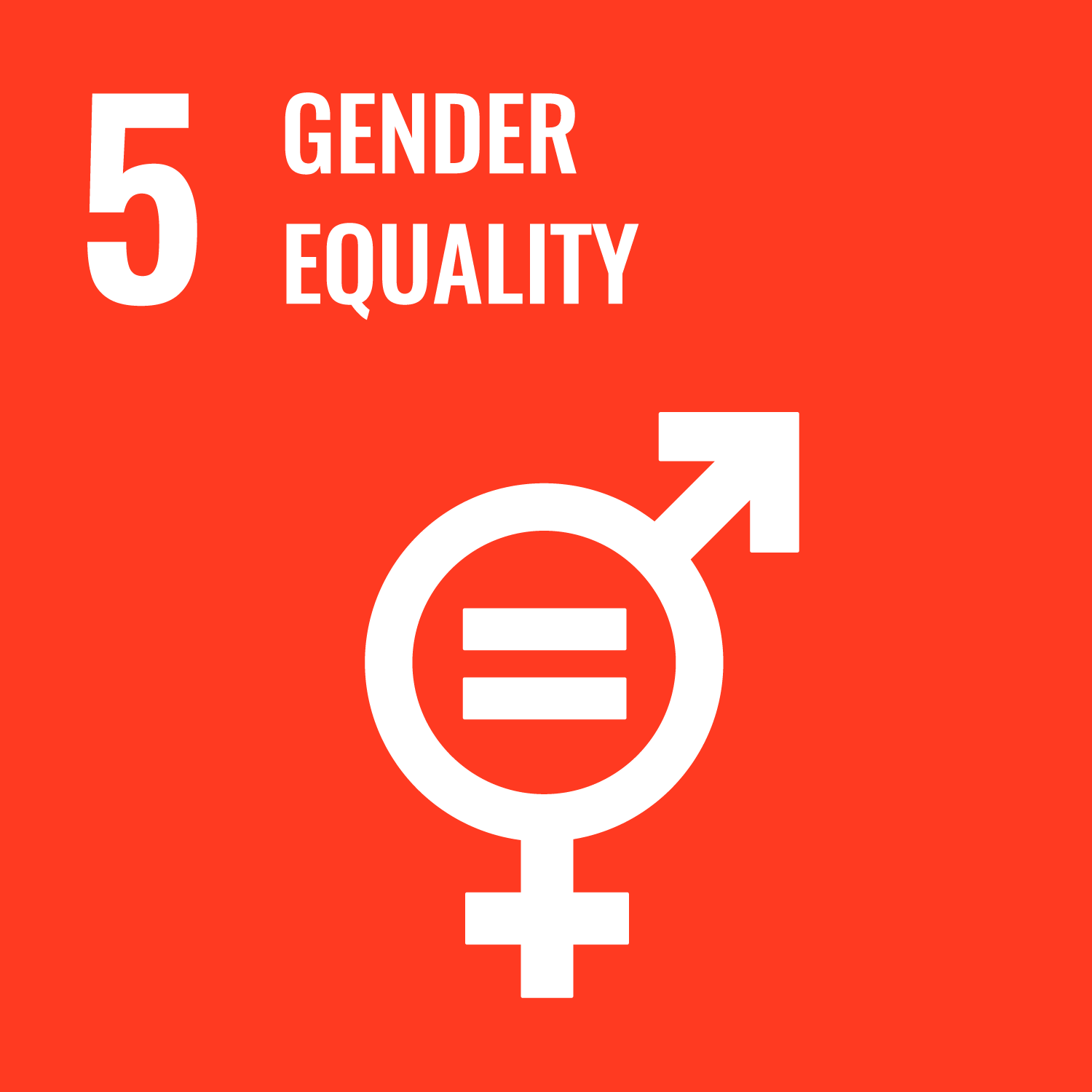
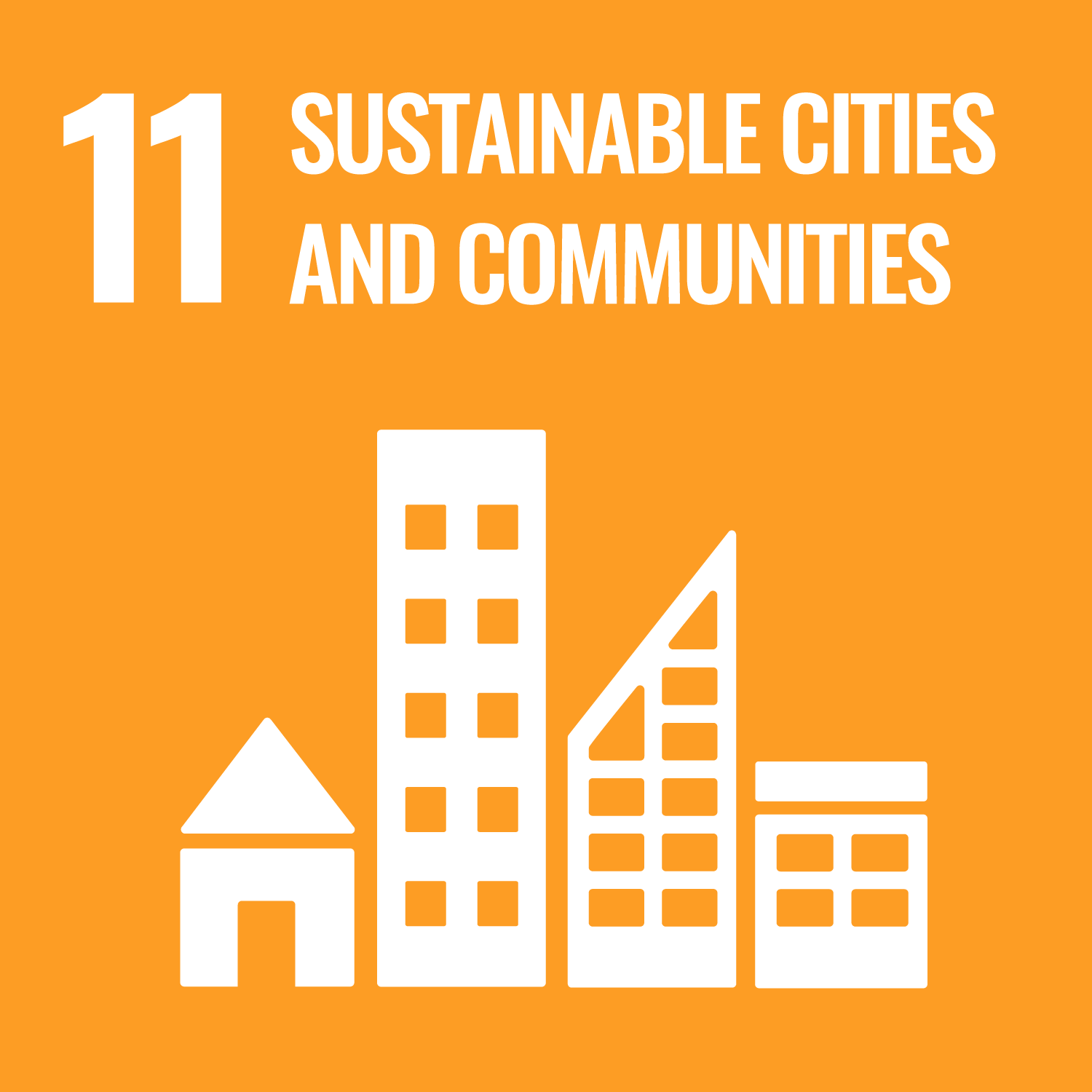
2024.03.08
March 8 is International Women’s Day, designated by the United Nations in 1975 to enhance women’s participation in society and raise their status. Conditions faced by working women have gradually improved in the past half century, thanks to efforts made by women themselves to move into new fields of activity. More women are playing key roles in urban development, including in formulating master plans in developing countries that play a vital role in building the future of their cities. Three women active on the frontlines of urban development as JICA staff and at a consultancy discuss the nature and rewards of their work.
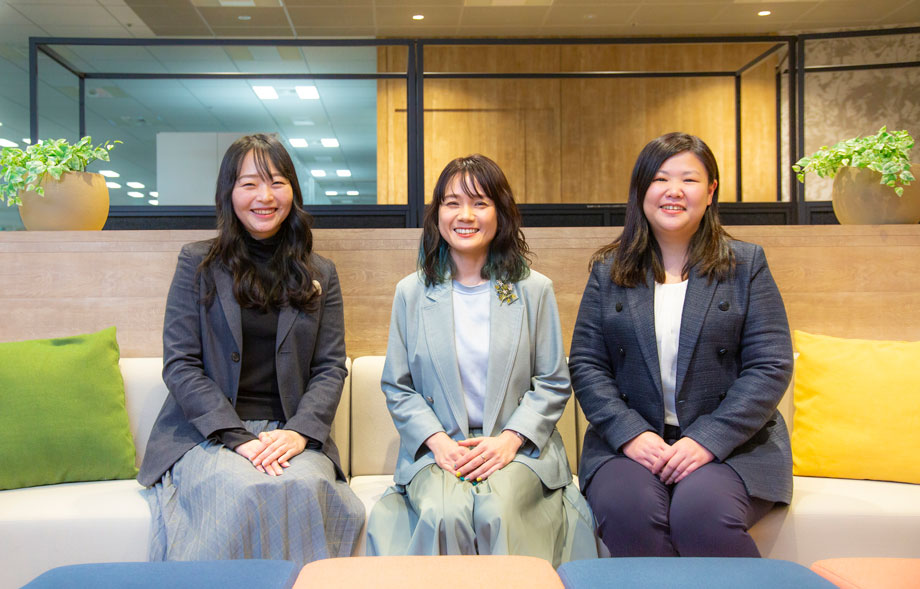
From left to right, Nakadai Ginga, assistant director, Infrastructure Management Department, JICA; Kubo Ayako, deputy director, Infrastructure Management Department, JICA; and Hosono Miharu, manager, Urban and Regional Development Department, Oriental Consultants Global.
Urbanization is progressing at an unprecedented pace in developing countries today. The urban population in these countries has grown fivefold from 680 million (25% of the total population) in 1970 to 3.23 billion (51%) in 2018. And it is projected to reach 5.56 billion (66%) in 2050.
Cities and large metropolitan areas are the driving force for economic growth. According to the United Nations, they account for around 60% of the world’s GDP. At the same time, they are responsible for about 70% of carbon emissions and 60% of resource use. Goal 11 of the Sustainable Development Goals calls for sustainable cities and communities. Efforts are needed to make cities inclusive, safe, resilient, and sustainable to ensure a healthy planet for future generations.
―Can you describe what urban planning entails?
HOSONO MIHARU: Cities and neighborhoods often develop spontaneously as people move in and build homes and as companies construct office buildings and factories near one another. Such a disorganized approach may work while communities are still small, but as they grow larger, infrastructure will have to be built in a more systematic way. People will need road networks, public transport, water supply, electricity, waste collection and disposal, and other public facilities. Without such planning, cities are likely to be plunged into chaos. They’ll be plagued by traffic congestion and air pollution, suffer greater damage in the event of a disaster, and see the growth of informal settlements with ambiguous land ownership. From my point of view, urban planning is a tool to regulate and promote development in line with a future vision for a particular city.
KUBO AYAKO: A lack of comprehensive planning will hamper the effective use of land and the creation of networks among concerned parties. The first step in urban development is to formulate a medium- to long-term vision for each city—what’s commonly known as a master plan—and then draft rules and guidelines to develop the city as envisioned. At the same time, it’s important to get local residents to think about how they want to develop their city. Urban planning is a process involving many different people. It involves listening to a broad range of views from government officials, politicians, business people, and NGOs and coordinating those opinions.
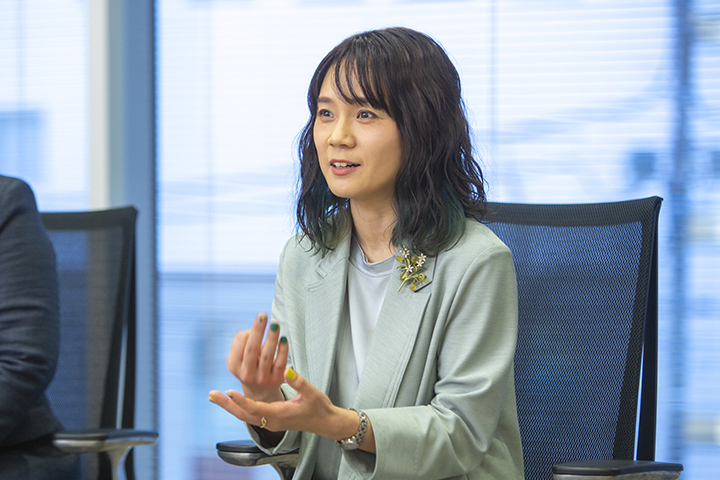
Kubo Ayako
Kubo became interested in urban planning while she was a representative at the JICA Thailand Office through her involvement in a study to develop land around a station to be built as part of a railroad construction project. She earned a master’s degree in public policy in Singapore, a city-state. After expressing a desire to work in the Infrastructure Management Department, she was assigned there in 2021. She has since been engaged in urban master planning, transit-oriented development, and local revitalization initiatives.
―Urban planning must consider the prevailing social issues and stage of economic development in each country and region. What are some specific challenges you face in the cities or regions where you’re involved?
KUBO: I’m currently in charge of urban planning in the city of Erbil, located in the Kurdistan Region of northern Iraq. The city has an ancient citadel at its center, and it has been expanding in a series of concentric circles over its history. Iraq is a major oil producer, but Erbil seeks a low-carbon profile. Some 1.8 million people live in the city and the surrounding area of 2,800 square kilometers, but the population is projected to jump to 3 million by 2050. Our goal is to develop infrastructure and urban areas that are environmentally friendly and people-oriented. Erbil has no urban planning laws, and its regulations are inadequate, so a legal framework must also be developed to support our planning efforts.
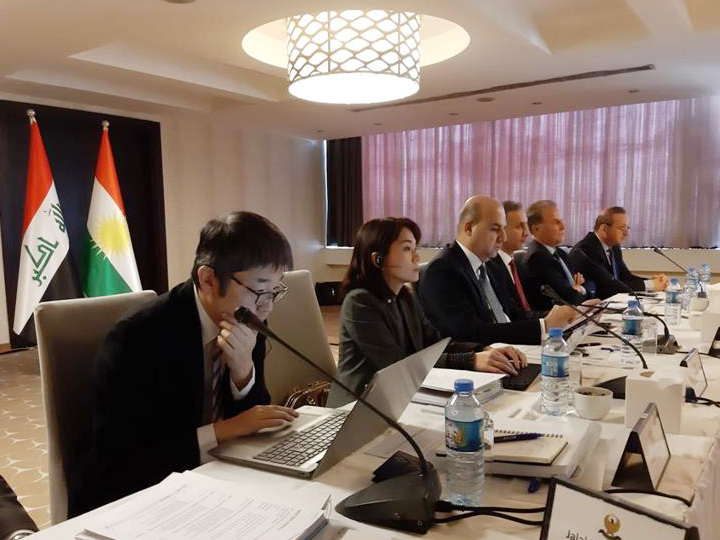
Kubo, center, participating in a meeting on an Erbil urban master plan with members of the Kurdistan Region government.
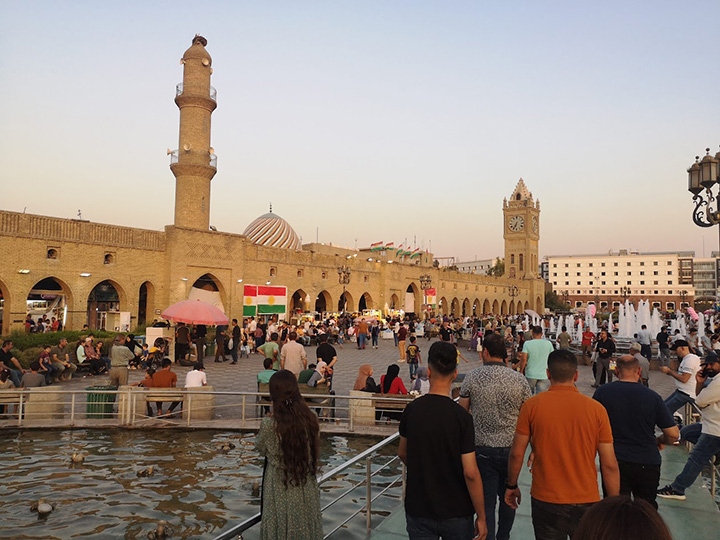
The square in front of the Citadel of Erbil, a UNESCO World Heritage Site.
NAKADAI GINGA: I’m involved in launching a master plan development project for Metro Davao in the Philippines—the largest metropolitan area in Mindanao. We’ve been drafting an infrastructure master plan for the city of Davao, as well as master plans for sewerage system improvement and flood control. A rapid rise in population and land demand, as well as a continuing influx of people into the area, is exacerbating its many urban problems. So, we’re expanding the scope of the master plans to cover the entire metropolitan area, promoting balanced and sustainable urban development, including with the surrounding districts.
HOSONO: At the moment, I’m helping formulate three urban and regional development plans in countries such as Indonesia and Uganda as a consultant. The one I find particularly challenging in terms of envisioning the future is the master plan for integrated urban development in Uganda’s Greater Kampala Metropolitan Area. The Greater Kampala Metropolitan Area is an urban district with a rich natural environment on Lake Victoria’s north shore. Its current population of 5 million is projected to double to 10 million over the next two or three decades. The area also seeks to become an East African hub for international companies. But it faces challenges in expanding its infrastructure, which is inadequate even today, and building a thriving city in harmony with its natural surroundings.
―More women have been entering the field of urban planning in recent years. What are the reasons for this?
HOSONO: It goes without saying that cities are not just made up of men. So, in formulating a plan, it’s essential to incorporate many different perspectives, including those of women. In fact, many of the ministries and local governments in the countries where I work are headed by women. People assume that African countries have a low gender equality index, but my impression is that women are more active as government officials there than in Japan. That being the case, I think a good gender balance on the Japanese side can facilitate communication with our African counterparts.
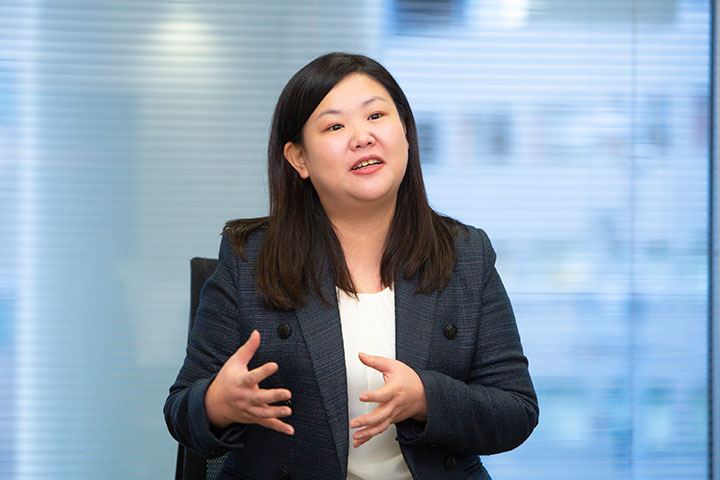
Hosono Miharu
Hosono has had an interest in architectural and urban spaces since she was a student. She studied architecture at university and urban and regional planning at graduate school, joining the Global Consultant Division of Oriental Consultants (now Oriental Consultants Global) in 2011. She organizes urban and regional master planning projects for JICA and developing country governments as deputy team leader, spending half the year on projects in Asia and Africa.
NAKADAI: The situation varies from country to country, but in the Philippines, many of the project members are women. JICA promotes gender mainstreaming in its projects, taking gender into consideration in all agenda areas. When we share our policy with partner countries, most take such principles as a matter of course. This is very heartening in advancing our work.
KUBO: When discussing the kind of city to build, partner governments tend to focus on relatively large infrastructure projects. But we at JICA emphasize dialogue with residents to achieve coexistence with the local community and address social concerns. We also encourage women’s participation. For example, one of the biggest issues in the city of Erbil from an infrastructure perspective is securing water resources, but when we interviewed local residents, including women, they cited the lack of public educational and welfare facilities as their overriding concern. We hope to ensure that the voices of women and others who may be in socially vulnerable positions are also heard.
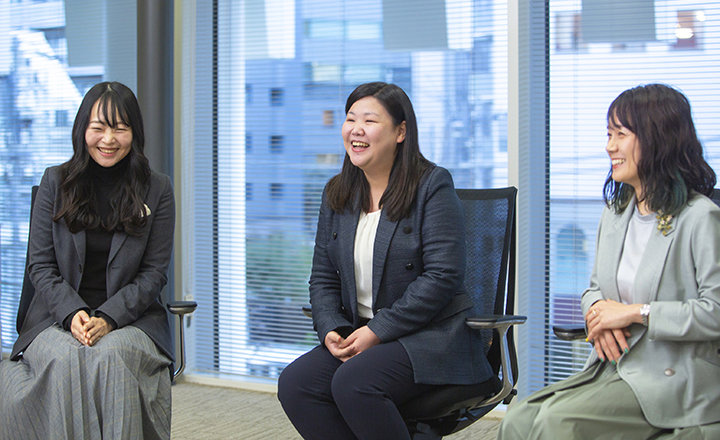
―What is the most important thing you keep in mind when developing plans for cities and how people live in them?
NAKADAI: As Kubo-san indicated, urban development involves many different stakeholders. That means it’s crucial to work together to create a plan that local residents and other stakeholders in the partner country are eager to achieve. This involves listening to the views of many people, getting them involved in the thinking process, and considering feasibility and priorities from a long-term perspective in working out the best overall solution. This is the role we’ve been asked to play, and fulfilling it successfully will lead to greater trust in JICA.
HOSONO: When you think about it, urban planning is something that’s going to have a huge impact on people’s lives well into the future, so it’s a job that carries great responsibilities. First of all, you have to come up with plans that local people will want to use. I was once part of a team that created a comprehensive urban development plan for Greater Kumasi in Ghana. We held 18 stakeholder discussion meetings, and in some of the meetings there were over 200 representatives. Coordinating their opinions was a real challenge, but I feel it was really important to listen to what everyone had to say and to carry on the process of dialogue.
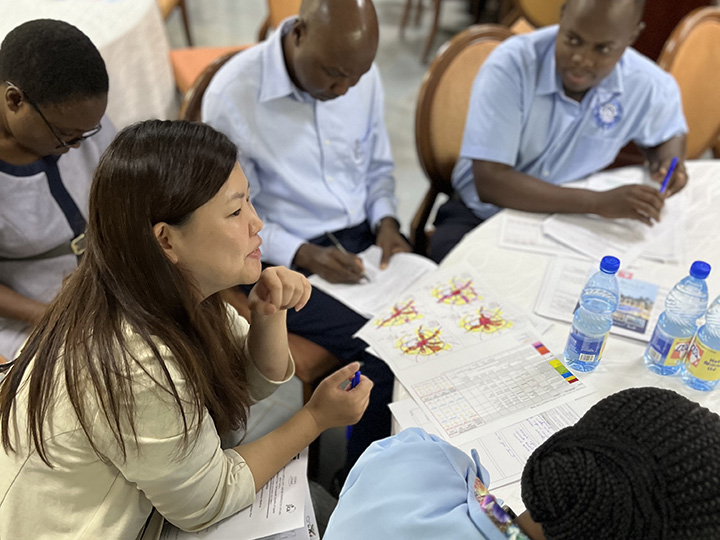
Hosono discussing the development of the Greater Kampala Metropolitan Area with local stakeholders.
Greater Kumasi is Ghana’s second largest urban area with a rapidly growing population.
―
What do you find most rewarding about working in urban planning? What are your future goals?
NAKADAI: While I was a representative in Bangladesh, I saw how the urban transportation master plan for Dhaka formulated with JICA’s cooperation was leading to changes in the lives of local residents. This was a very valuable experience for me. The thrust of our work at JICA is sometimes described as nation building, and urban planning fits that description perfectly; our job is to create a future vision for a city. Helping develop such plans is very rewarding, and in the future I hope to deepen my engagement by becoming part of the initial conceptualization process.
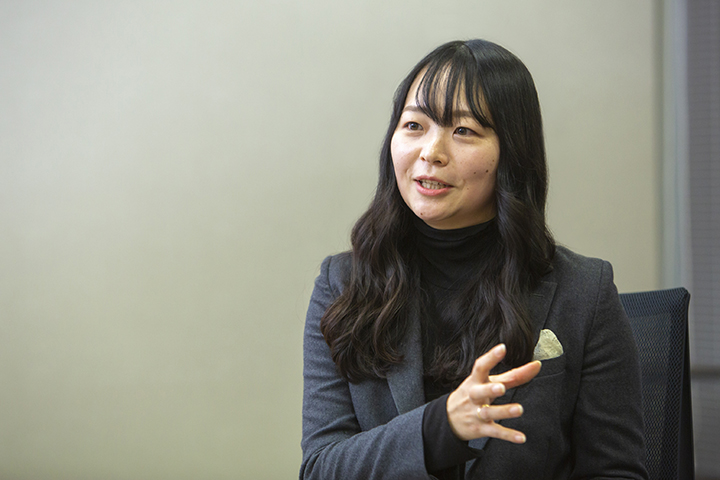
Nakadai Ginga
Nakadai’s interest in urban planning in developing countries was aroused by a relative who was working in this field. She joined JICA after studying civil engineering at university and has since been engaged in disaster risk reduction and urban transportation. She is currently working to develop a master plan for Metro Davao in the Philippines and for the relocated provincial capital of Papua New Guinea following volcanic eruptions there.
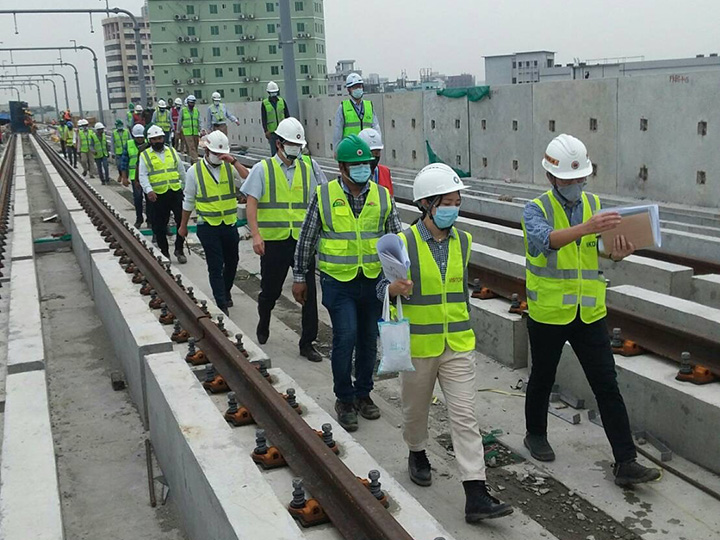
Nakadai, front left, at a construction site of the Dhaka Metro’s MRT Line 6, the first urban mass rapid transit in Bangladesh.
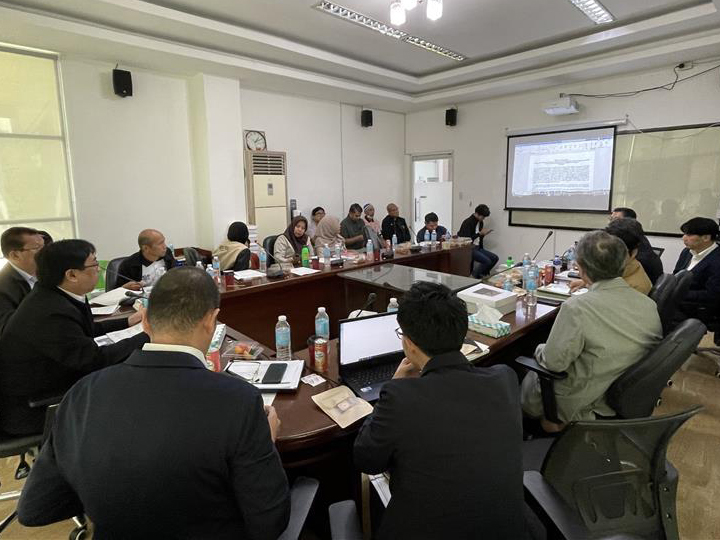
Discussing a reconstruction project for the consolidation of peace in Mindanao with the Bangsamoro Transition Authority.
HOSONO: I’d say the most rewarding part of the work for me is when a master plan is formally approved. The results aren’t tangible like an infrastructure project—such as the completion of a new port or airport—but there’s a feeling of deep satisfaction when local officials announce with a sense of ownership their commitment to realizing a plan in which I’d been involved. Going forward, I’d eventually like to be able to lead the planning team by developing my skills in making judgments, setting policies, becoming a driving force, and encouraging stakeholders to work together.
KUBO: Urban development isn’t only about making large-scale plans; engendering dialogue and co-creation to improve people’s lives can be just as gratifying. The meetings in Erbil between the Japanese team and local stakeholders created opportunities for exchange among host government officials working in different ministries. Watching the network of collaboration grow before our eyes was a source of great joy and made us feel that our intervention had been worthwhile. I hope we can build on these efforts to bring people together so that local cities in Japan and developing countries can learn from each other ways to revitalize their communities through government-citizen cooperation.
scroll